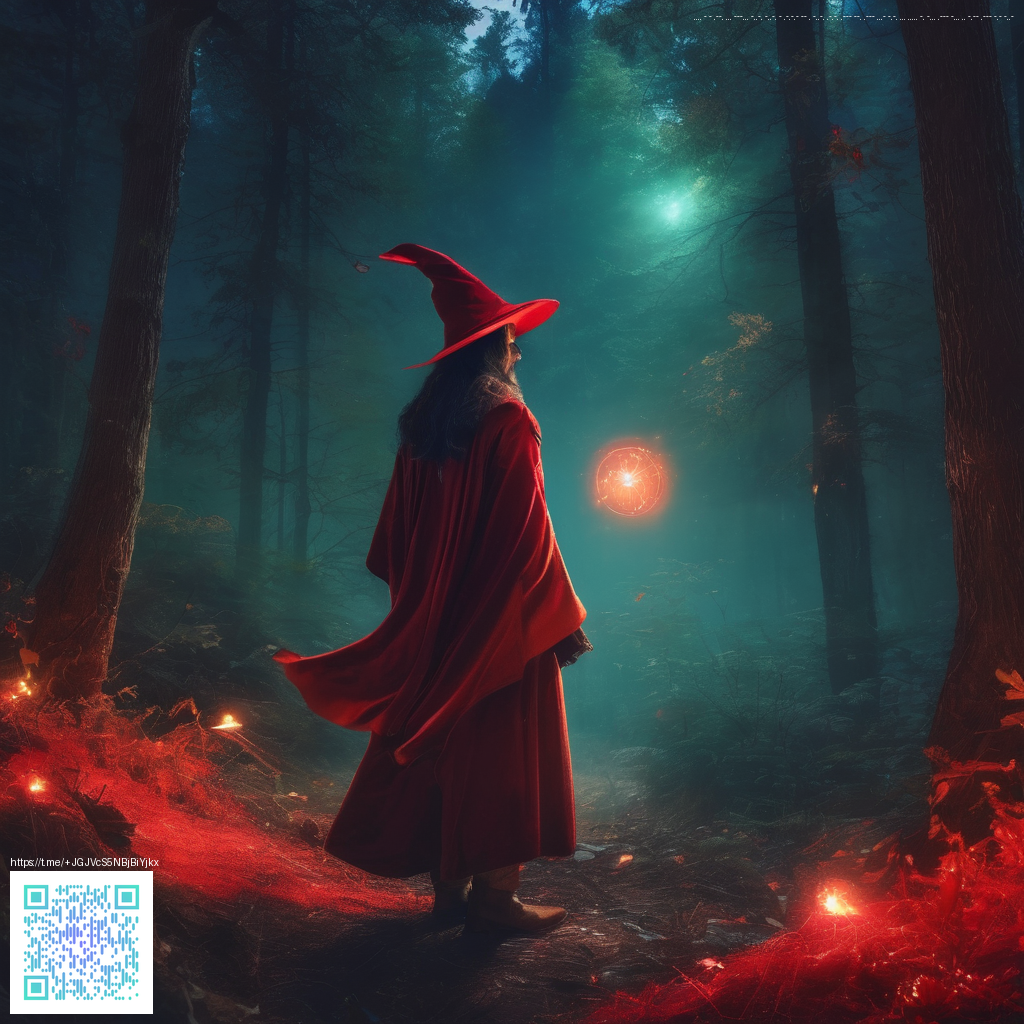
Image credit: X-05.com
Pointer Pointer Reimagined: A Guide to Interactive Cursor Art
In the field of digital design, the cursor has evolved from a simple navigational tool into a strategic element of interaction. Pointer Pointer Reimagined reinterprets this idea for contemporary browsers, blending real-time input with generative visuals to create experiences that reward exploration. This guide examines the core concepts, practical techniques, and design rationale for building immersive cursor-driven art that remains accessible and performant across devices.
Understanding the Cursor as Medium
The cursor encodes intention. As users move the pointer, a well-crafted piece responds with synchronized motion, glow, and feedback that reveals relationships between interface components or data. Rather than merely following the cursor, interactive cursor art uses position, speed, and timing to orchestrate meaning—turning a mundane pointer into a narrative device that invites discovery.
Core Techniques for Building Cursor-Driven Art
- Pointer tracking: capture mouse and touch inputs and translate coordinates into visual changes in real time.
- Rendering choices: canvas for fluid, generative motion; SVG for crisp, scalable shapes; layered HTML elements for rapid prototyping.
- Animation efficiency: throttle events, leverage requestAnimationFrame, and minimize costly repaints to maintain smooth motion.
- Visual language: employ neon glows, crisp edges, and subtle trails to convey motion without overwhelming the viewer.
- Accessibility fallback: provide keyboard navigability and visible focus indicators so the experience remains usable for all users.
Design Principles for Neon-Influenced Cursor Art
- Clarity over complexity: let the cursor-driven reveal guide attention and avoid competing animations.
- Color and contrast: pair saturated neon accents with dark backgrounds to maintain legibility and impact.
- Consistency: standardize glow radii, line thickness, and particle density to create a cohesive aesthetic.
- Performance budgeting: cap element counts per frame and ensure graceful degradation on lower-powered devices.
- Brand alignment: translate your branding palette into the cursor experience so the digital piece echoes offline visuals.
From Concept to Creation: A Step-by-Step Outline
- Define a narrative or data-driven premise that the cursor will illuminate as it moves.
- Choose a rendering path: canvas for fluid generative art, SVG for precision, or HTML overlays for quick iteration.
- Prototype with a minimal interaction: a single element that follows or reacts to the cursor.
- Iterate visuals: add glow, particle systems, or geometric choreography that respond to velocity and direction.
- Polish for accessibility and performance: ensure keyboard interactions can trigger comparable feedback and verify performance across devices.
Branding Synergy: Neon Aesthetics and Hardware
A hardware line like the Neon Slim Phone Case embodies the same design discipline as cursor-driven art. Neon accents against a dark base translate well into digital experiences where glow, contrast, and precision communicate quality. When you align visuals—whether on a live-site canvas or a product page—across channels, you craft a cohesive narrative that feels deliberate and premium.
Practical Ideas You Can Try
- Cursor-activated data visuals: map pointer coordinates to data points and reveal contextual details as the user explores.
- Momentum trails: particles accelerate with cursor speed to convey velocity and direction.
- Narrative reveals: structure content so that pointer position unlocks panels or chapters in a sequence.
When implementing, consider the mobile and touch context. A cursor-centric concept should gracefully adapt to touch interactions or keyboard-driven experiences, preserving meaning and usability across platforms. The goal is a responsive, intuitive engagement rather than a spectacle that breaks on smaller screens.
Why Cursor Art Matters in a Digital Landscape
Projects centered on cursor interaction push designers to rethink how users encounter content. The strongest executions balance intentional pacing, restrained motion, and tactile feedback that feels purposeful rather than decorative. For developers, these explorations translate into robust patterns: input handling, layered rendering, and optimized rendering loops that scale from desktops to handheld devices.
Beyond aesthetics, cursor-driven experiences teach disciplined design thinking—defining boundaries, establishing a predictable visual language, and continuously testing for performance and accessibility. This approach yields interactive experiences that are memorable, informative, and inclusive.
Neon Slim Phone Case – Ultra-thin Glossy Lexan PC